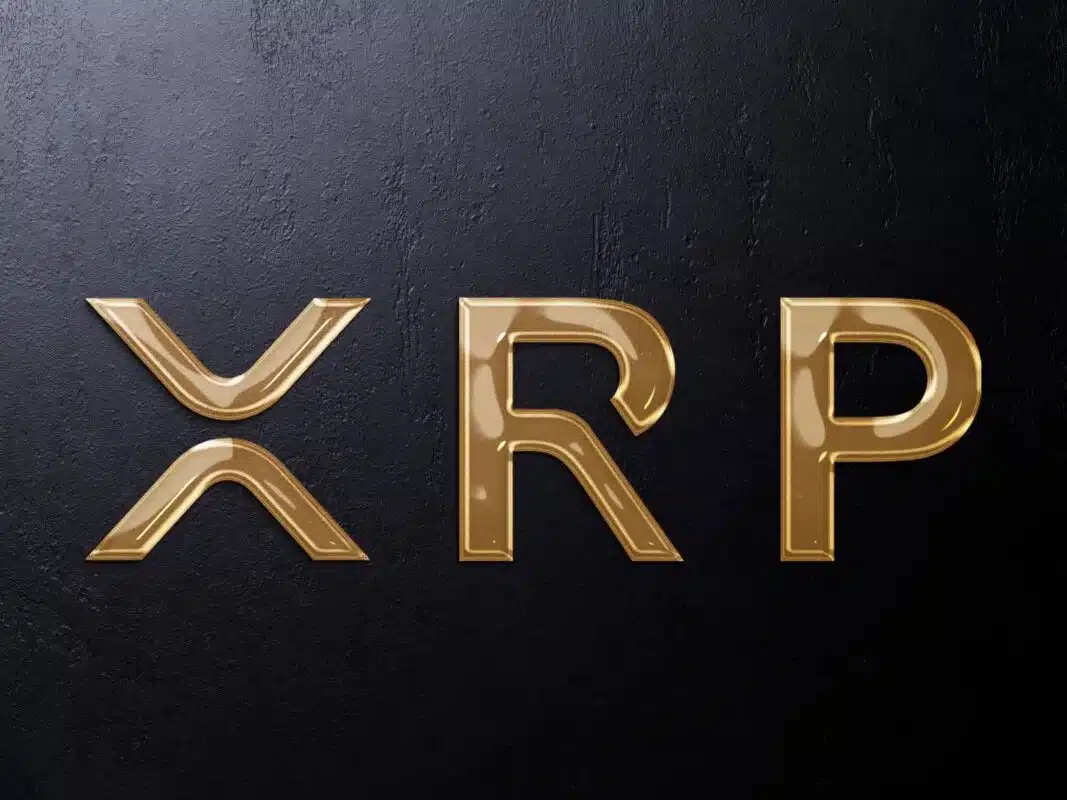- An academic excerpt described XRP as a “radical form of commodity money” and “like gold in your hands.”
- The document highlights XRP’s fixed supply, issuer independence, and deflationary mechanisms.
- Researcher SMQKE reaffirmed XRP’s commodity status, noting that its design and function align with emerging U.S. regulatory frameworks.
A newly resurfaced academic excerpt describing XRP as a “radical form of commodity money” has sparked fresh debate within the crypto community about the digital asset’s underlying nature and design.
Crypto researcher SMQKE drew attention to the document in a recent post on X, quoting passages that liken XRP to “gold in your hands” and describe it as “the most liquid of assets on the XRP Ledger.”
The excerpt, highlighted in a screenshot shared by SMQKE, appears to come from an academic or financial analysis discussing the evolution of trust-based digital assets. It frames XRP as a trustless, pre-mined, non-liability asset that embodies the characteristics of a true commodity currency.
“Like Gold in Your Hands” — XRP’s Commodity Parallels
According to the cited text, XRP’s liquidity, portability, and independence from issuer liability make it a unique financial instrument compared to traditional fiat or debt-based digital assets.
Also Read: Here’s Why Thursday Could be a Big Day for the XRP Community
Yes, XRP is a “radical form of commodity money.” 😏💨
“Like gold in your hands”🔑
“The most liquid asset on the XRPL”🎯
Documented.📝💨 https://t.co/9a3HiPxojU pic.twitter.com/xqWzAS2sUd
— SMQKE (@SMQKEDQG) November 12, 2025
“XRP is a radical form of commodity money,” the document reads. “As a 2013 marketing brochure has it, XRP is ‘like gold in your hands,’ and it is designed to be the most liquid of assets on the XRP Ledger.”
The comparison to gold reflects XRP’s design philosophy, functioning as a scarce, transferable, and trustless store of value that enables seamless movement of capital across global payment systems.
Research Highlights XRP’s Core Design Principles
The excerpt further explains how XRP differs from assets like Bitcoin or fiat-backed stablecoins. Unlike those, XRP was not issued by any government or institution and is not anyone’s liability.
All 100 billion tokens were created at launch in 2013, and the asset can be sent directly between addresses without intermediaries. To protect the network, XRP Ledger requires a base reserve of 20 XRP for account creation and burns a small portion of XRP with each transaction, a mechanism that prevents spam and helps maintain network integrity.
These attributes underscore why researchers and analysts increasingly describe XRP as a digital commodity rather than a speculative token or security.

Source: SMQKE/X
SMQKE: “XRP Is Commodity Money — Simple as That”
In his commentary, SMQKE reinforced that XRP’s original intent and structure have always aligned more with commodity-based value systems than with speculative or security-like instruments.
His remarks come at a time when regulatory clarity is advancing in the U.S., including new legislative drafts that could designate certain digital assets, including XRP, as digital commodities under CFTC oversight.
The renewed attention to XRP’s foundational design adds context to Ripple’s long-term strategy of positioning the asset as a bridge for global liquidity rather than just another crypto investment vehicle.
For analysts like SMQKE, the resurfaced description isn’t just nostalgia, it’s a reminder of what XRP was built to be: a commodity-grade, trustless digital asset engineered for real-world settlement and liquidity.
Also Read: BitGo’s Automation Disaster Floods XRP Ledger with Thousands of Failed Transactions

